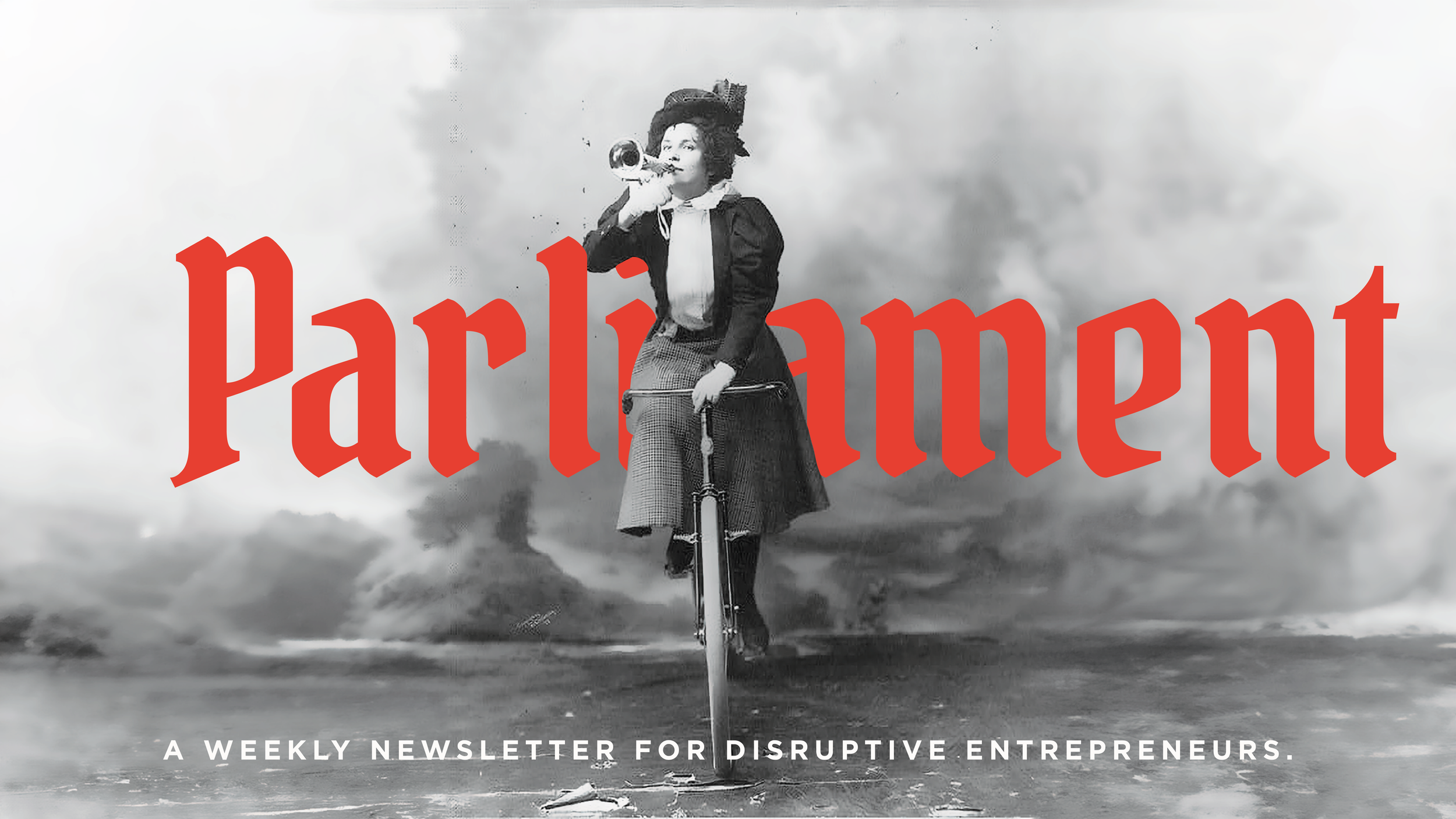Parliament | Quarterly Focus
Operation Foundation Forward: Why Your Q1 Needs One Big Thing
We’ve all stared down that messy pile of quarterly goals. You know, the ones that have your team looking like they're playing organizational whack-a-mole? Yeah, those.
I’ve been fully converted to the premise: If everything's a priority, nothing is.
The Power of One Big Thing
Here's some hard-earned wisdom from "Scaling Up" that changed our game plan: The most successful companies don't juggle a million priorities—they rally their entire organization around ONE big thing each quarter.
Think you need 17 different initiatives to make an impact? The book that's helped over 70,000 companies scale says otherwise. And after implementing this ourselves, we can confirm: this isn't just theory—it's transformation.
At Hoot, we're not just preaching this—we're living it.
Welcome to our Q1 Internal Strategy: Operation Foundation Forward.
Why This Matters Now More Than Ever
The AI revolution isn't coming—it's here. And while everyone else is scrambling to keep up with the robots, we're doubling down on what makes us human: our ability to discover, articulate, and embody your authentic Brand Being.
The Strategy Shift That's Changing Everything
Here's what we're doing (and why you should care):
We're removing myself (Kristen) from day-to-day client operations
We're going all-in on training and mentorship
We're building systems that scale our human expertise
We're preparing for an AI-driven future where "doing" becomes automated, but "being" becomes invaluable
The Real ROI of Internal Alignment
Let's talk numbers:
Companies with strong internal alignment outperform their competitors by 147%
Clear organizational goals can increase productivity by up to 25%
Teams with a shared purpose are 2.3x more likely to be high-performing
But here's what really matters: When your entire organization is moving in the same direction, magic happens. Innovation accelerates. Culture strengthens. Revenue grows.
Your Q1 Power Move Playbook
Ready to rally your team around one big thing? Here's how:
1. Make it Clear
No corporate jargon
No fuzzy objectives
Just crystal-clear direction everyone can understand
2. Make it Emotional
Connect it to your larger purpose
Show how it impacts each team member
Create a story worth believing in
3. Make it Matter
Link it to real outcomes
Show the path to success
Celebrate progress along the way
The Brand Being Bottom Line
Your brand isn't just what you show the world—it's how you move through it.
When you align your entire organization around one clear goal (thank you, Scaling Up, for drilling this into our heads), you're not just setting strategy; you're embodying your Brand Being.
Remember: In a world where AI will increasingly handle the "what" and "how," your "why" becomes your most valuable asset.
Ready to Transform Your Q1?
Stop trying to do everything. Start doing one thing that changes everything.
Because at Hoot, we're not here to change how the world sees you. We're here to change how you see yourself—one focused, powerful move at a time.
P.S. Want to learn more about aligning your organization around one big thing? Let's talk about how the Brand Being Method can transform your internal culture and external impact.
Artwork by Nya McClain, article by Senior Art Director, Bri Thomas
Stop Making Your Logo Tell Stories
When to embrace symbolism and when to let it go
The Problem with Forced Meaning
Remember when you were in high school English class, and your teacher insisted that the blue curtains in the story symbolized the protagonist's deep depression? Sometimes blue curtains are just blue curtains. The same principle applies to logos.
When we force meaning into every curve, corner, and color of a logo, we're not creating depth – we're creating fiction. It's the design equivalent of explaining a joke. The moment you have to explain why something is meaningful, it has already lost its power to create genuine meaning.
Consider Nike's swoosh – it didn't become meaningful because it was designed to represent the wing of the Greek goddess Nike (though that's a nice story). It became meaningful because it became associated with decades of brand experiences, athletic achievement, and cultural moments. The mark itself is beautifully simple; its power comes from what it has come to represent through real-world impact, not from forced symbolism.
The Power of Conceptual Design
However, let's be clear: thoughtful, concept-driven logos can be incredibly powerful when executed with purpose and restraint. Think of FedEx's hidden arrow, indicating forward movement and precision delivery. Or the Amazon smile that doubles as a directional arrow from A to Z. These aren't forced meanings – they're clever visual solutions that enhance the brand story without overwhelming it.Great conceptual logos succeed because:
The concept serves the brand, not the other way around
The symbolism feels natural, not forced
They work visually even if you miss the meaning
The concept adds value without requiring explanation
Finding the Right Balance
The key is understanding when a conceptual approach serves the brand and when it doesn't. Some brands need the intellectual depth of a clever concept. Others need the simplicity of a strong, straightforward mark. Neither approach is inherently better – what matters is the alignment with brand strategy.
The Real Power of Logos
A logo's ultimate strength comes from what it accumulates, not what we inject into it. Whether conceptual or simple, it's a container for meaning that fills over time with:
Real customer experiences
Authentic brand moments
Cultural associations
Genuine connections
The best logos, whether concept-driven or purely visual, leave room for meaning to develop organically. They're vessels that can carry significance rather than symbols desperately trying to communicate it.
Moving Forward
Instead of forcing meaning where it doesn't belong, focus on:
Understanding when conceptual design serves the brand
Creating distinctive, memorable marks
Ensuring technical excellence and versatility
Allowing room for meaning to develop naturally
Building genuine brand experiences
Remember: Whether your logo carries clever symbolism or stands as a simple mark, it should first and foremost be a strong visual identifier. Let any deeper meaning feel natural and unforced, and allow your brand's true story to build over time through real-world impact.
Your logo, whether conceptual or simple, shouldn't try to tell your whole story – it should be a strong mark that can grow with your brand's journey.


